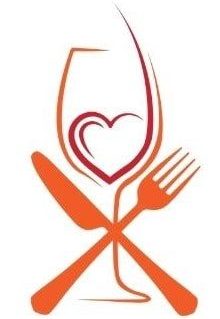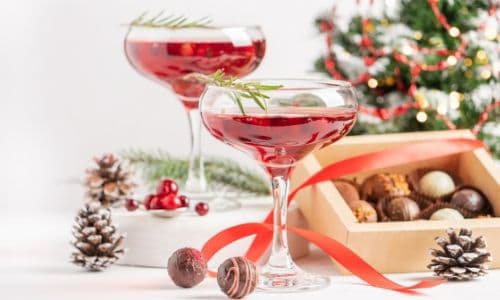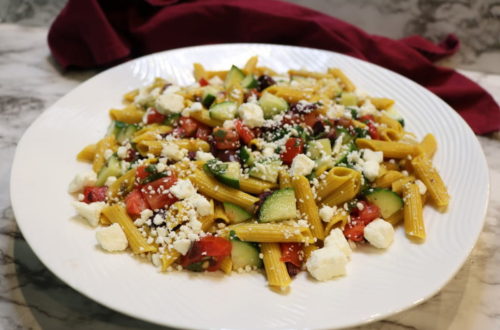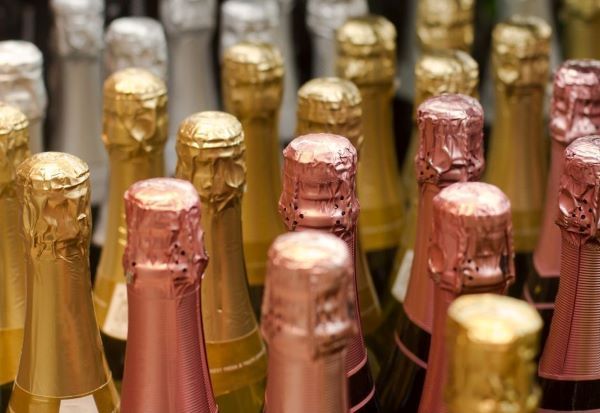
American Sparkling Wine: The Case to Celebrate Amazing Local Bubbles
Is American Sparkling Wine actually Champagne?
Well, think of American Sparkling Wine as Champagne’s cousin with its own, unique character that compares very well with its French counterpart. Sparkling wine itself is a generic term for categorizing any bubbly made outside of Champagne, France.
This is part of a Sparkling Wine series of posts. Here we make the case to celebrate delicious “local” bubbles. Read more about the Ultimate Celebration Libation with this overview.
All Sparkling wine with its fizzy, bubbly effervescence spells joy and celebration. Still wine is fabulous, but the tiny bubbles you find in Sparkling Wine immediately means it’s time to party!
I adore pouring the bubbles into my glass, but how the heck do those bubbly pearls get into the bottle in the first place?
Making Sparkling Bubbles
To begin, bubbles happen when carbon dioxide gas in the wine is released. This creates pressure and explains the need for thread or wire closures over the cork to keep it in place.
Also, this pressure is why sparkling wine bottles are heavier and thicker than still wine bottles. And the bottles are made with a deep punt or rut in their bottom. When you open a bottle of sparkling, the pressure releases and the wine begins to sparkle or bubble.
So how does carbon dioxide get into wine? In a nutshell, there are three common ways.
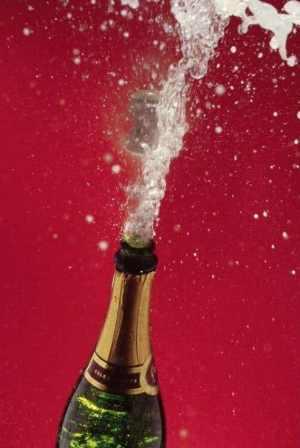
- First, it is added, like with soda.
- The second way is to trap carbon dioxide during the wine’s initial fermentation.
- And the third way is the most common way to make sparkling wine. The finished wine goes through a second fermentation with additional yeast and sugar. This produces the carbon dioxide which is trapped in the vessel. Producers do this in large tanks (cheaper) or in individual bottles (more expensive).
Making the Case to Celebrate Delicious Local Bubbles
American sparkling wines are gaining in popularity. According to the Beverage Information and Insights Group, sparkling wine consumption in America is up 56% in the past decade, and the growth isn’t slowing.
In their online newsletter, France-Amerique reports that in 2017 sales of American Sparkling Wines were “more than half of the 261 million bottles polished off in the U.S.A.”. Only 6% of the sales in America that year came from imported French Champagne.
“Bravo pour le vin mousseux Américain!”
Despite the familiarity many casual sparkling wine drinkers have with Champagne and Prosecco, most are not familiar with the many quaffable styles of American sparkling wines. This is a shame! And also why I am highlighting American Sparkling Wines. I am striving to make the case for Americans to celebrate with delicious local bubbles.
Across the country, producers make wines in the traditional methods listed above, but they are also branching out and exploring new styles, resurecting old ones, and introducing new varietals.
For instance, there is a rise in pétillant-naturel or pét-nat production which is a truly lovely sparkling. Pétillant naturel is the oldest or ancestral method of making sparkling wine. Not familiar with these slightly sweet, gently fizzy, lower alcohol wines? Seek one out and see what the fuss is all about. Do not let the bottle cap top keep you from trying it.
A Bit of History
According to Wikipedia, American sparkling winemakers printed the term “Champagne” on their labels ever since the category started in the 20th century. History reveals France actually banned the U.S. from using the word Champagne in 1919 with the Treaty of Versailles. However, since the U.S. never ratified the treaty it did very little to protect the Champagne name.
A slight change came in 2006 with the US/EC wine trade agreement which prevents the term “Champagne” on any new wine labels from American producers. However, any existing uses of Champagne are permitted to continue. A prime example is the Miller High Life label stating it is the “Champagne of Beers”.
In other words, don’t be fooled into believing that “champagne” label on your $5 bubbly is REALLY as good as Champagne.
Exploring Varietals
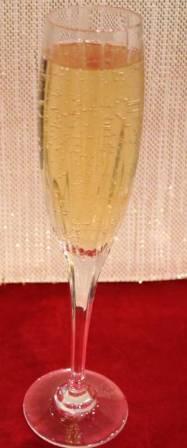
Now that you understand American sparkling wine is not Champagne, let’s explore some of the differences. American producers are not trying to duplicate Champagne as they honor American terroir. But they are attempting to coax the best wines from the best grapes that are available from the home soil.
Most American Sparkling will reveal Pinot Noir, Chardonnay, and Pinot Meunier in the bottles as they are the primary grapes to make Champagne. However, Pinot Meunier doesn’t perform as well in a warmer climate like California, so this varietal does not appear as often as the other two.
Growers in the states are experimenting more and more with the grapes that grow the best in their individual climates. Dig around a little and you will find sparkling versions of Albariño, Grenache Blanc, Viognier, as well as 100% Riesling sparklers in the Finger Lakes area.
Of note, there are other varietals emerging to include a rise in the use of hybrid grapes. These are exciting times for American Sparkling wines!
Emerging Styles
American Sparkling wine ranges in style from very dry or Natural, to dry or Brut. Both of these have no noticeable sweetness. The slightly sweet ones have the odd title of Extra Dry. And sweeter sparkling wines bear the label of Sec and Demi-Sec.
Another sparkling wine name category is “Blanc de Blancs” which are made with Chardonnay grapes. And, along the same vein, “Blanc de Noirs” sparklers are made with black grapes.
To make Rosé sparkling wines, a personal favorite, a small amount of red wine is added to the blend. Or the wine has brief contact with red grape skins which give it a beautiful color and structure.
Experimentation with skin contact whites, carbonic maceration, and the hybrid grapes are really changing the face of American sparkling wine. According to Wine Enthusiast, Carbonic Maceration is a winemaking technique that is primarily for light- to medium-bodied red wines. The process makes them fruitier and softens their tannins.
Rather than relying on yeast for the initial fermentation, whole intact bunches of grapes are put in a sealed vessel along with carbon dioxide. The oxygen-free environment allows the grapes to ferment from the inside. This allows alcohol production along with lots of compounds that affect the wine’s flavor. A bit of normal yeast finishes the job after the alcohol reaches 2%.
Add all this together and the result is a wine that’s light in color with low levels of acidity and tannins, and highly fruity aromatics. This wine is made to be enjoyed young! For those who have issues with tannins, this is exciting news!
Who Makes American Sparkling Wine?
Sparkling wine is made in almost any region and state that produces still wine.
California, Virginia, Oregon, Washington State, New York State, and New Mexico make the bulk of American sparkling wine. Wait, what — New Mexico? Actually, New Mexico’s history of Sparkling wine spans over 30 years.
You see, one of the crucial aspects to get lively, natural, and intense wine is the cyclic changing of chilly nights and warm days. This slows the ripening process and keeps the acidity and full-flavor in the grapes. The climate of parts of New Mexico is ideal for vine growing and is truly best for making sparkling wine!
What does American Sparkling Wine Cost?
While Champagnes can run from upwards of $50 for a decent bottle, the sky is the limit for pricing. There are bottles out there running in the thousands! American Sparkling wines are usually a bit lighter on the wallet.
Admittedly, there are some American producers who make sparkling wines that run into the hundreds for their special bottles. But, you can typically pick up a very good bottle for less than $50.
Shop around and try anything you see interesting. However, I typically stay away from those bottles on the bottom shelf for $5. They are usually there for a reason, and not a very good one.
The Case for American Sparkling Wine
American Sparkling wine producers are taking a fresh approach with a new type of wine thinking where curiosity and experimentation are comingled with tradition and technique. Sparkling wine producers in America may very well have the key to boosting the category’s popularity even more!
In other words, with its price-to-value proposition as well as emerging winemaking techniques, American Sparkling Wines may very well become an everyday libation as well as a celebratory staple in our homes. Find a local American Sparkling Wine producer near you and start making your own case to celebrate delicious local bubbles!
Cheers Y’all!
P.S. Sharing is caring. If you know someone who would appreciate this post please share! Email friends, post on Facebook, and social media shares are great ways for you to forward this lively information.


